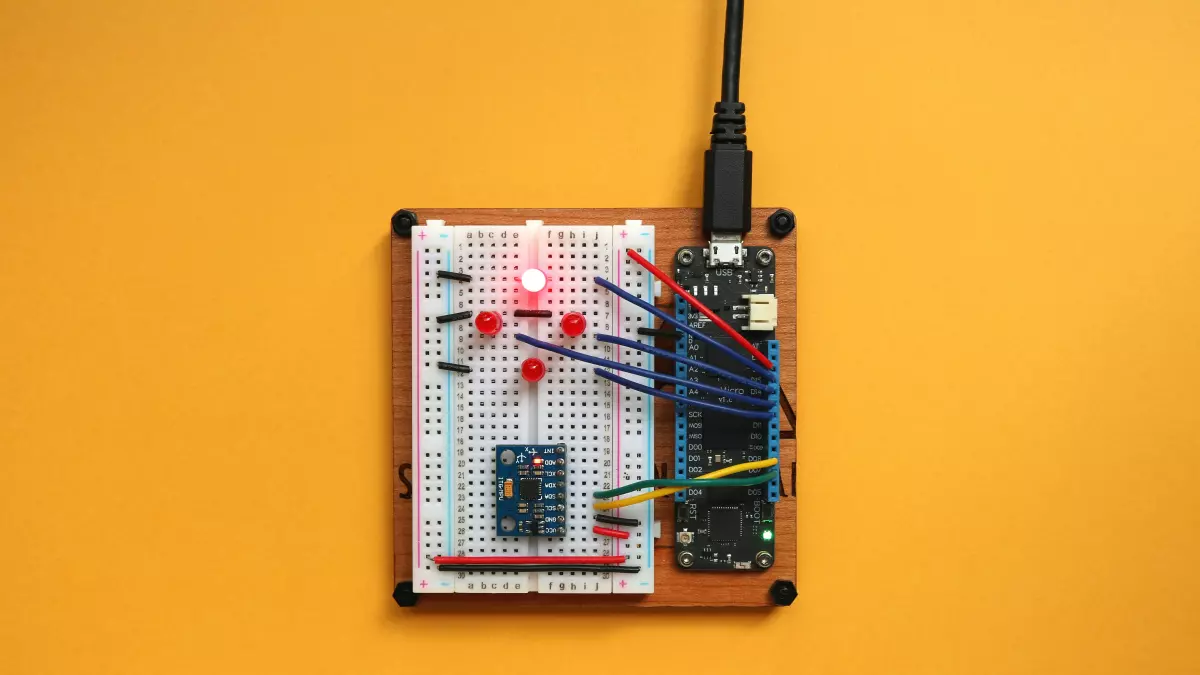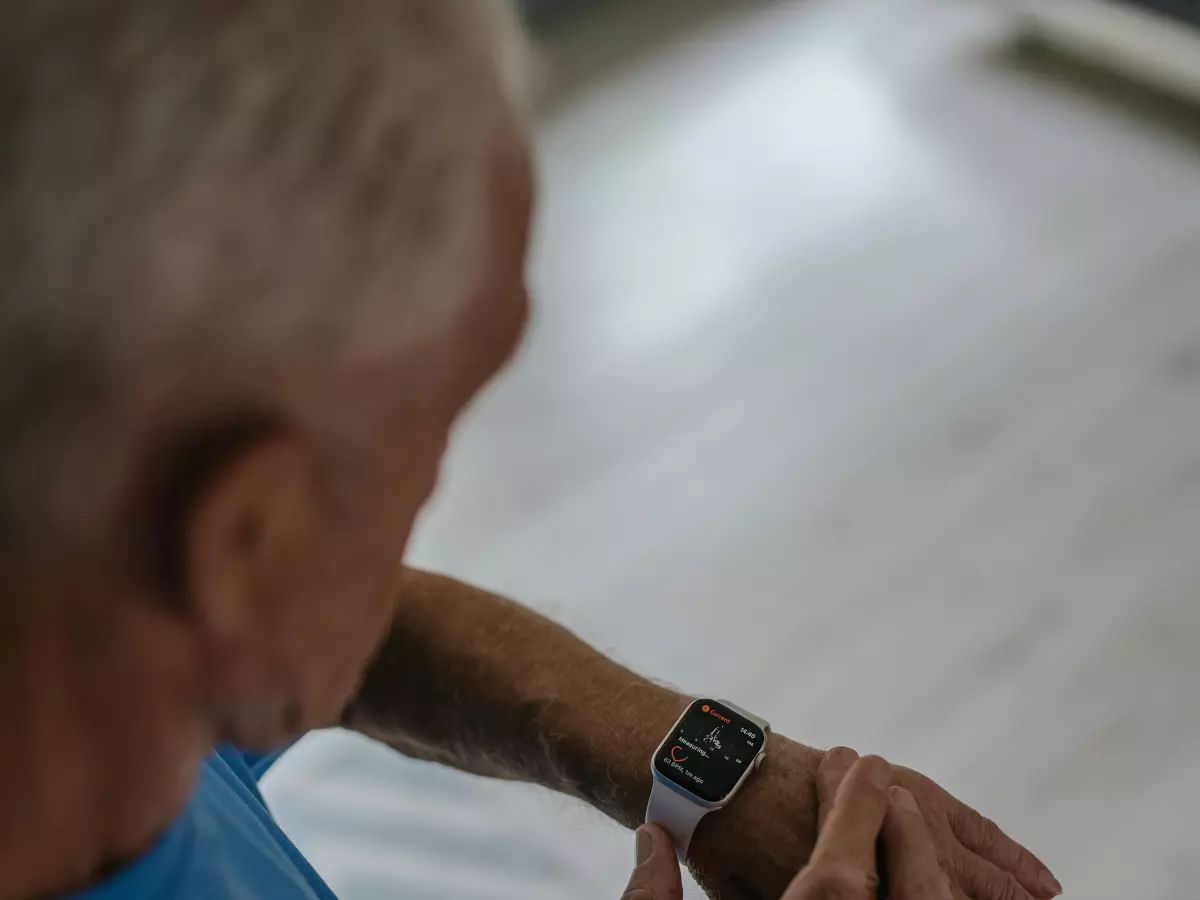Wearable Tech Unveiled
Ever wondered why your smartwatch lasts for days without a charge, while your phone barely makes it through the day? There's more to it than just a bigger battery.

By Sophia Rossi
Wearables are like the Swiss Army knives of the tech world—packed with sensors, software, and a battery that somehow lasts longer than you'd expect. But what’s the real secret behind their longevity? Is it just a matter of better batteries, or is there some hidden tech magic at play?
Let’s dive into the guts of your favorite wearable and break down how sensors, battery life, and software integration work together to keep your device ticking for days.
Sensors: The Tiny Powerhouses
First up, let’s talk sensors. These tiny, almost invisible components are the unsung heroes of your wearable. They’re responsible for tracking everything from your heart rate to your steps, and even your sleep patterns. But here’s the kicker—they’re designed to be incredibly efficient. Unlike the sensors in your smartphone, wearable sensors are built to sip power, not guzzle it.
How do they do that? Well, it’s all about optimization. Wearable sensors are usually smaller and more specialized than those in other devices. They only activate when needed, and they often work in bursts rather than continuously. For example, your heart rate sensor doesn’t need to be on 24/7. It can take readings at intervals, saving precious battery life in between.
Another trick? Many wearables use low-power wireless communication protocols like Bluetooth Low Energy (BLE), which allows them to send data to your phone without draining the battery. It’s all about doing more with less.
Battery Life: More Than Just Size
Now, let’s talk about the battery itself. You might think that wearables last longer simply because they have smaller screens or fewer features than your smartphone. But that’s only part of the story.
The real magic lies in the way wearables manage power. Most wearables use lithium-ion or lithium-polymer batteries, which are similar to the ones in your phone. However, the key difference is how that power is used. Wearables are designed to prioritize essential functions—like tracking your steps or monitoring your heart rate—while minimizing power-hungry tasks like displaying notifications or running apps in the background.
Some wearables even use advanced power-saving modes that can extend battery life for days or even weeks. These modes typically limit non-essential functions, like turning off the always-on display or reducing the frequency of sensor readings.
And let’s not forget about charging. Many wearables now support fast charging, so even if you do run out of juice, you can get back up and running in no time.
Software Integration: The Brain Behind the Brawn
Here’s where things get really interesting. The sensors and battery in your wearable are impressive on their own, but it’s the software that ties everything together. Without smart software, your wearable would be a glorified paperweight.
Wearable software is designed to optimize every aspect of the device, from managing sensor data to controlling power usage. For example, many wearables use machine learning algorithms to predict when you’re most likely to need certain features. If your device knows you usually check your heart rate after a workout, it can prepare the sensor in advance, reducing the time it spends powered on.
Software also plays a key role in managing background tasks. By prioritizing essential functions and delaying less important ones, your wearable can conserve battery life without sacrificing performance. And thanks to regular software updates, your device can get smarter and more efficient over time.
Another cool feature? Many wearables now offer customizable power settings, allowing you to choose which features to prioritize. Want your device to last longer? You can turn off non-essential features like notifications or the always-on display.
The Perfect Balance
So, what’s the secret to your wearable’s impressive battery life? It’s all about balance. By carefully managing the power-hungry sensors, optimizing battery usage, and using smart software to tie it all together, wearables are able to deliver long-lasting performance without sacrificing functionality.
It’s a delicate dance between hardware and software, but when it’s done right, the result is a device that can keep up with your busy life without constantly needing a recharge.
In short, the next time you marvel at how long your smartwatch lasts, remember that it’s not just about the battery—it’s about how everything works together to make the most of it.
Final Thoughts
Wearables have come a long way in recent years, and their battery life is a testament to the incredible advancements in sensor technology, battery management, and software integration. By working together, these components allow your device to do more with less, keeping you connected and informed without constantly worrying about running out of power.
So, the next time you strap on your smartwatch or fitness tracker, take a moment to appreciate the tiny powerhouses inside that make it all possible. Because in the world of wearables, it’s not just about what’s on the outside—it’s about the tech magic happening under the hood.




